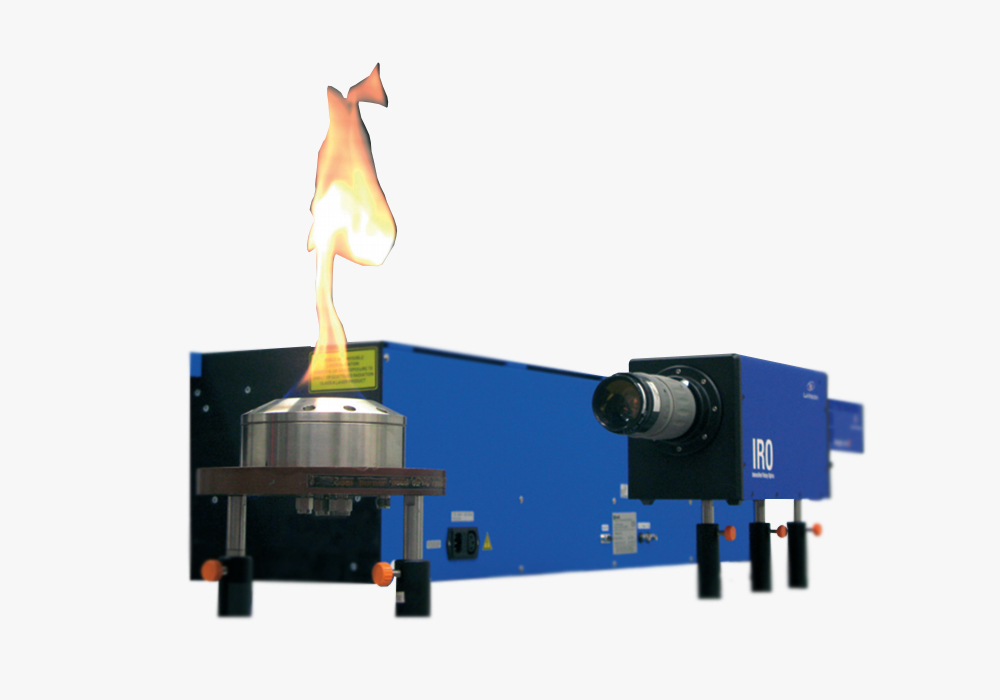TCSPC Life Time (PICOQUANT)

FlameMaster
Laser Imaging for Flame Temperature
LaVision’s FlameMaster system family is designed to help the scientific and engineering community to find new concepts for the realization of more efficient and cleaner combustion devices.
Particularly for the highly dynamic processes in combustion and compressible flows instantaneous measurement techniques are required. The determination of thermodynamic properties like the fluid temperature yields valuable information on the processes involved in the reaction chain of hydrocarbon ignition and combustion.
The system consists of a high energy pulsed laser and an image intensified CCD camera. The recorded Rayleigh Scattering (RS) signal is proportional to the total gas density which yields temperature maps when gas composition and pressure are known. Rayleigh Thermometry is easily applied to atmospheric flames with wide optical accesses.
Features
- In-situ calibration:
Straightforward calibration procedure to enable immediate system operation and data evaluation - Molecule and mixture database:
Database for a wide range of species for compensation of changing gas properties particularly for the application in reactive flows. Open software structure allows easy extension of the data. - Adaptive mixture evaluation:
Automated or manual area masking and adaptive definition of evaluation parameters account for varying gas composition in chemical reactions. - Hardware support, integrated software tools and powerful image processing such as noise filters to reduce the influence of dust particles.
Key Applications
The results below show the temperature map for averaged images of 100 single shots. Image processing includes noise reduction, signal enhancement using the polarization rotator and adaptive mixture evaluation.
The temperature images clearly reveal the flow characteristics of the torch lamp with the cone of unburnt gas above the nozzle.
Its flame temperature is significantly lower (about 1200 K) compared to the homogeneous temperature distribution above the flat surface burner with a temperature of about 1800 K.

